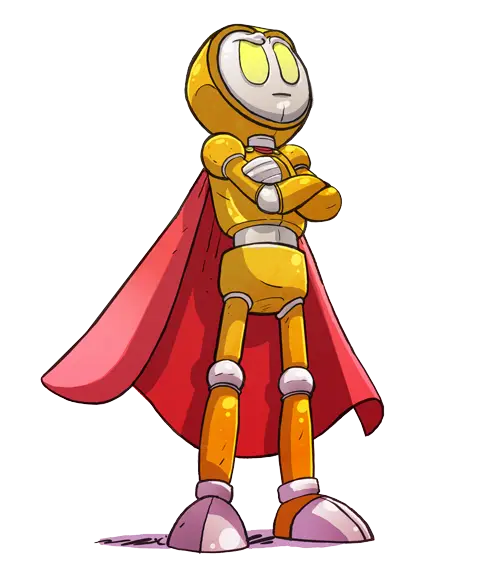
How to draw?
Drawing is a fundamental skill that is essential for any artist, whether they work in traditional media or digital formats. The fundamentals of drawing refer to the basic concepts and techniques that are necessary to create strong, convincing drawings that accurately capture a subject matter or our imagination.
The fundamentals of drawing include topics such as line, shape, form, proportion, perspective, shading, and composition. Each concept plays a critical role in creating successful drawings, and mastering them takes practice and dedication.
The line is the most basic and universal drawing element and is used to create contour, texture, and value. Shape refers to the two-dimensional area that is defined by lines and is used to create the overall structure of a drawing. Form refers to the three-dimensional aspect of an object and is created using light and shadow to indicate depth.

Proportion is the relationship between the size and position of different elements within a drawing and is critical for creating realistic and convincing images. Perspective refers to how objects appear to change as they move closer or further away and is essential for creating a sense of depth and space in a drawing.
Shading is the process of adding value to a drawing to create the illusion of form and depth, while composition refers to the arrangement of elements within a drawing and is used to create a sense of balance, unity, and movement
By mastering the fundamentals of drawing, artists can develop a strong foundation for their artwork and gain the skills and confidence necessary to create compelling and dynamic images.
But first... learn the mindset of drawing

You will soon realize, the real problem is not the techniques and methods you must learn along the way.
The real problem is how not to give up drawing after two or three doodles.
I will be very honest with you. The fundamentals (the hardest part) are not that hard to learn, but almost everybody has believed the contrary since elementary school:
“If you are not the gifted artist of the class, you will never be good at drawing”.
This is what the unconscious part of your brain and society tell you, and it’s… WRONG!
Your first task is to accept you can learn to draw.
Deconstructing the belief that you are not good at drawing can be challenging, but with practice and persistence, it is possible to overcome this limiting belief. Here are some tips that can help:

Stop excuses
Recognize that drawing is a skill that can be mastered by anybody. Talent is learned. And drawing can be taught at any age.
My oldest student is 91 years old and my youngest is 12.
Start with the simple objects
Rather than creating complex drawings immediately, start with simple exercises. This can help you build your confidence and gradually improve your skills. Don’t skip steps because you will lose years. I learned that the hard way.
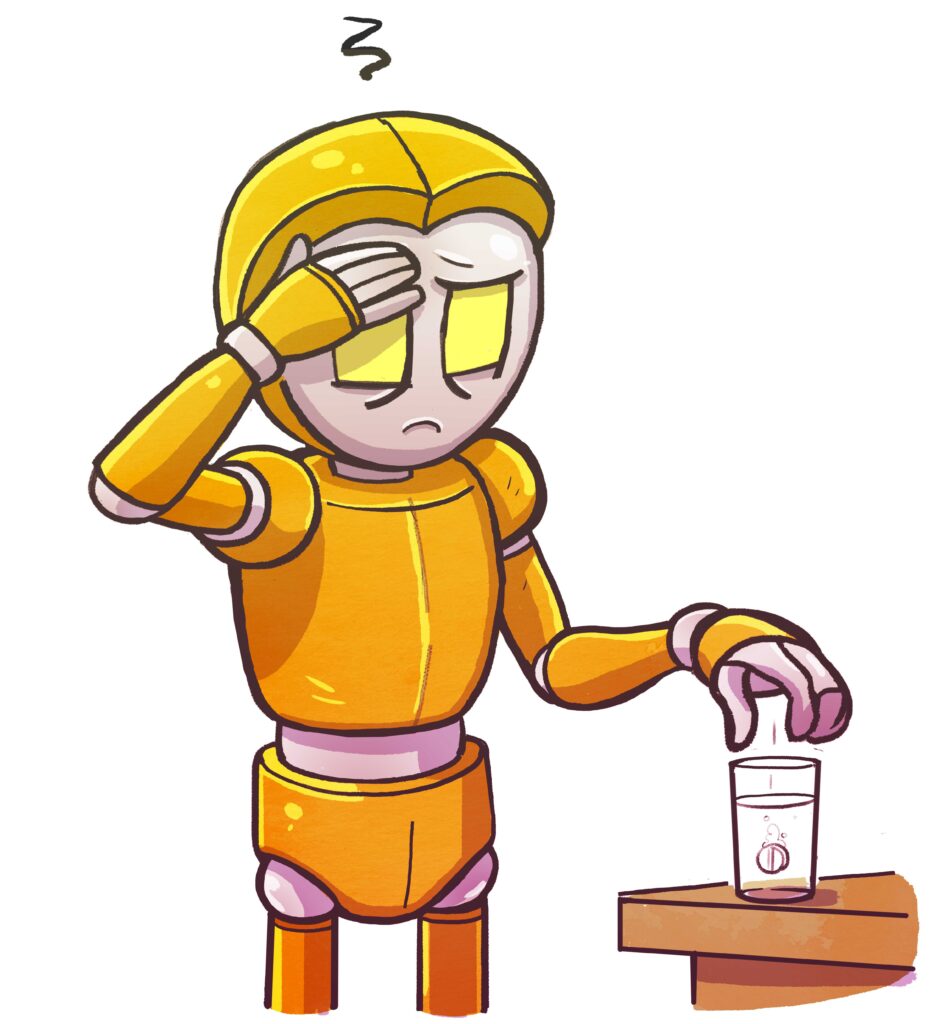
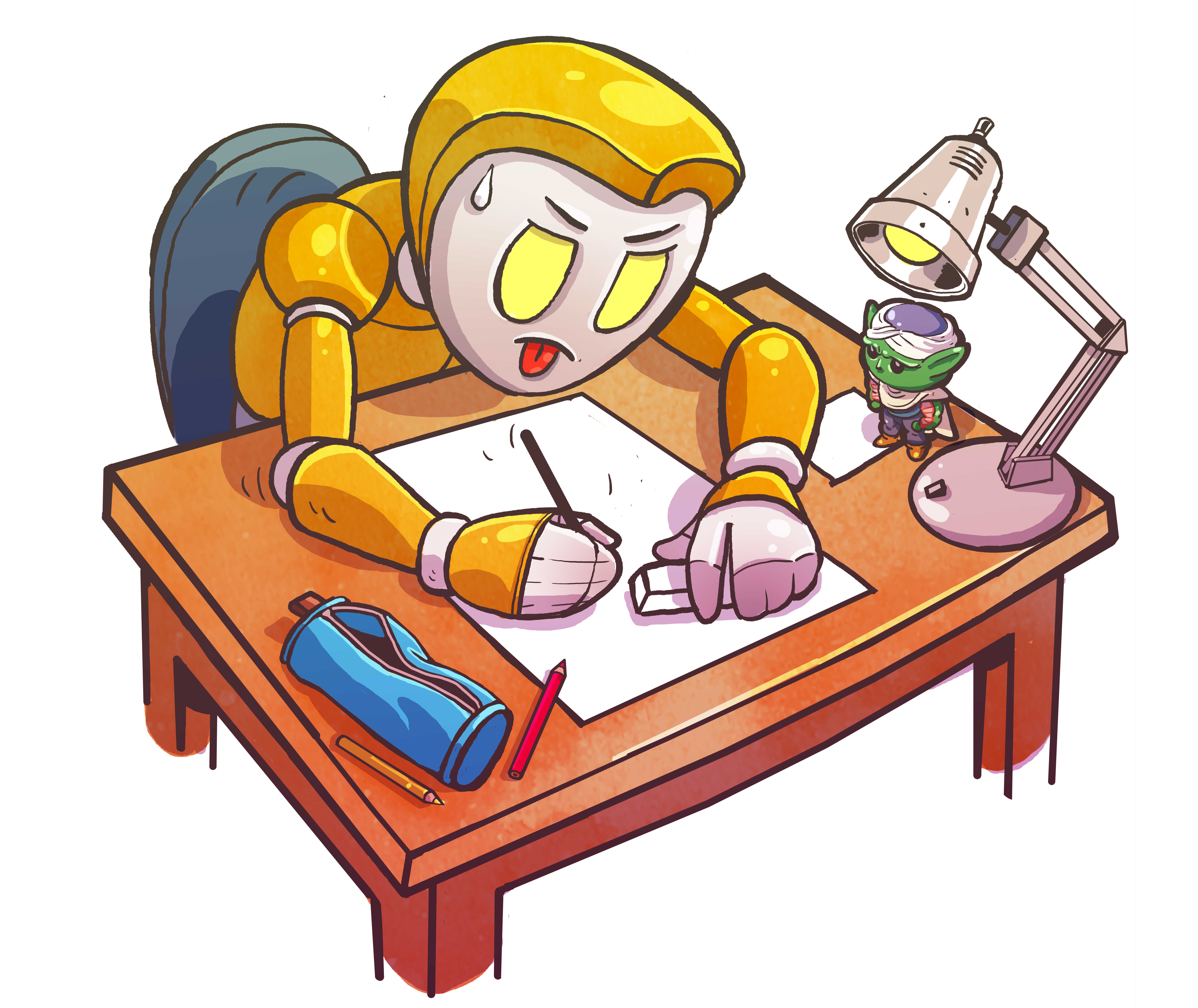
Practice regularly
Consistent practice is essential for improving your drawing skills. You can set aside time each day or week to practice drawing, even if it’s just for a few minutes.
Embrace mistakes
Those are your friends because there is no learning without mistakes. Perfectionism is a motivation and joy killer. Get help from a professional if you know it’s one of your big problems in life (i mean it, it’s toxic behaviour).


Have fun and get inspiration
Yes, learning the fundamentals matter, but if you feel down or bored, open your favourite book or watch your favourite movie. Go back to your sketchbook and draw without any judgment from your imagination. Those kinds of sessions are key to your success as an artist. Balance observation and imagination (50-50).
Celebrate your progress
No matter how small. Every improvement you make is a step in the right direction, and it’s important to acknowledge and appreciate your achievements along the way.
Keep your old drawings and acknowledge your progress.
Don’t compare yourself to others on social media. Focus on yourself.
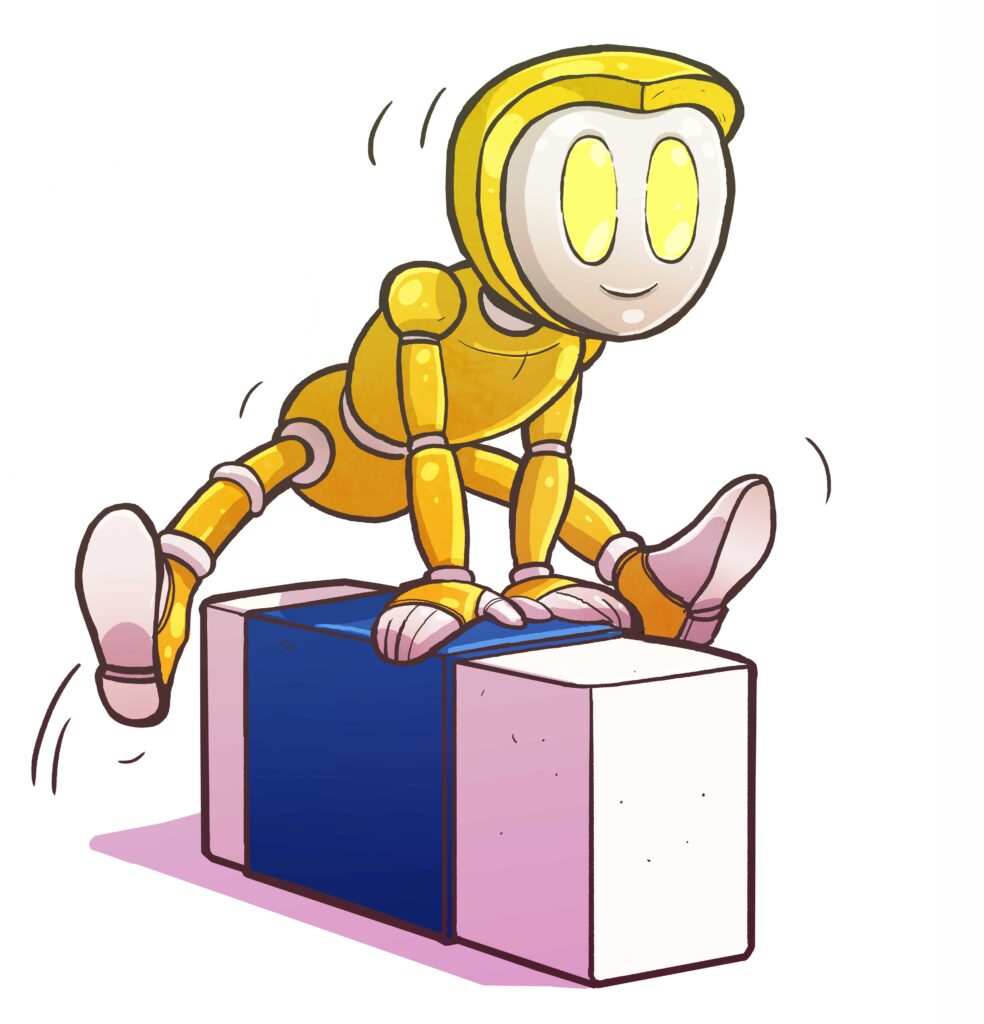
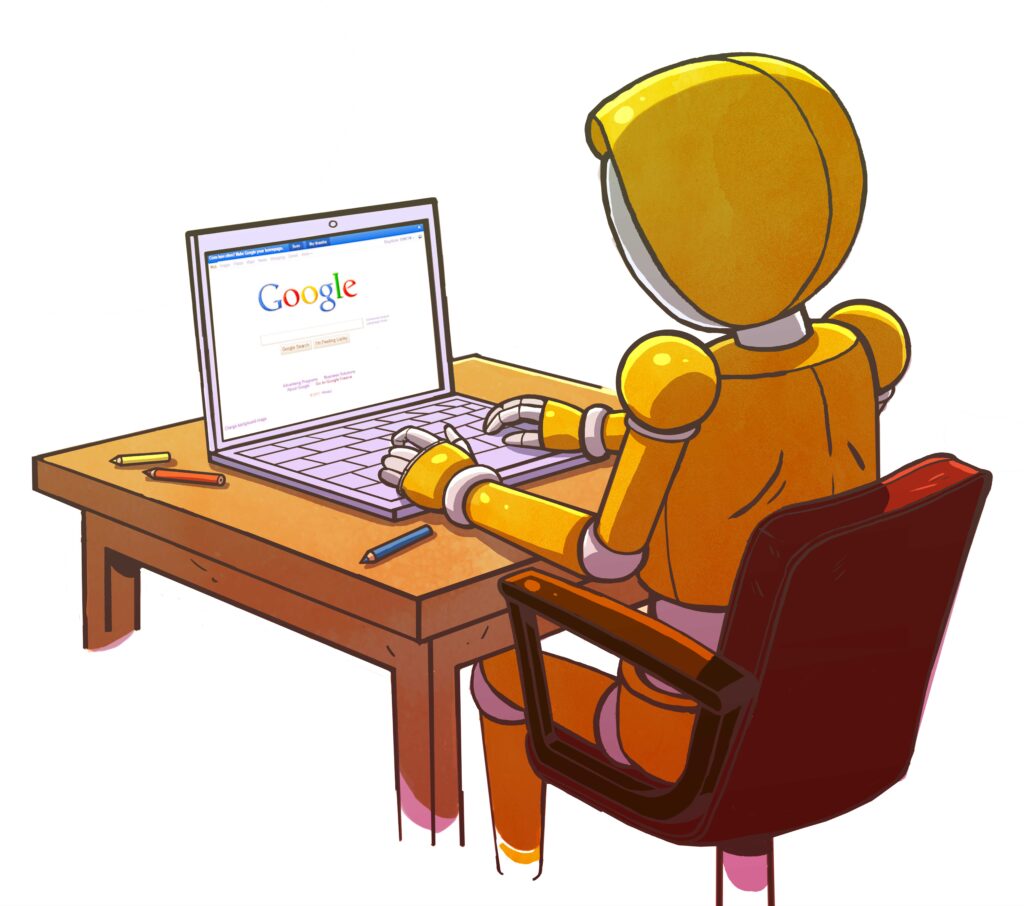
Share to the world and get feedback
it’s a helpful way to improve your skills and gain new perspectives on your drawings. Joining a drawing group or taking a class can also provide not only valuable opportunities to learn from others and constructive feedback on your work, but motivation too.
Remember, drawing is a marathon, not a sprint.
It takes years to be really good at it, but it’s worth it because the more you are advanced, the more it’s pleasurable.
That’s why so many people give up at the start.
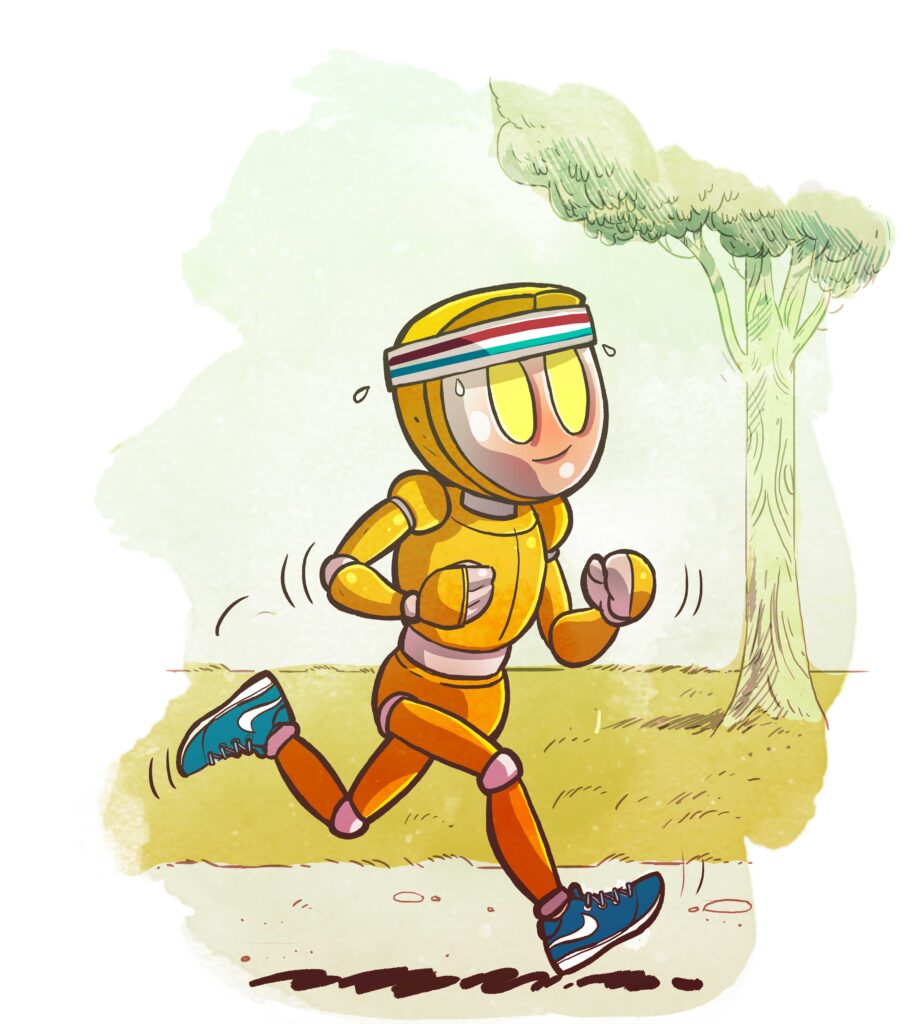

POINTS TO REMEMBER
Always remember why you draw and keep your inspiration fresh.
Don’t be a perfectionist. Expose yourself to failures. Enjoy your wins.
Successful artists are consistent. Talent needs patience.

It's almost time for the good stuff: the fundamentals!
You must be wondering now what the fundamentals of drawing are.
I know for a fact that people can draw for years without knowing the fundamentals.
Now you’re mentally prepared to accept failure and to learn to draw properly, come and see what comes next in your curriculum.
